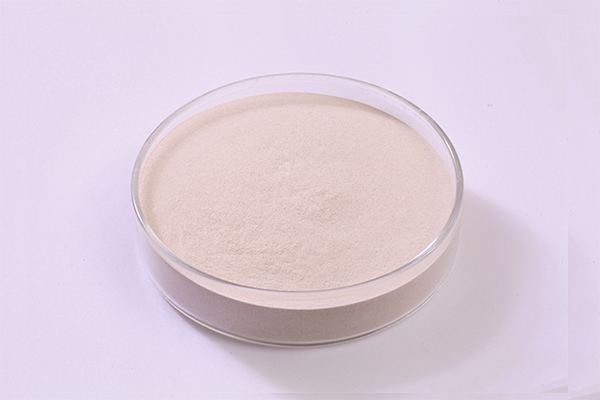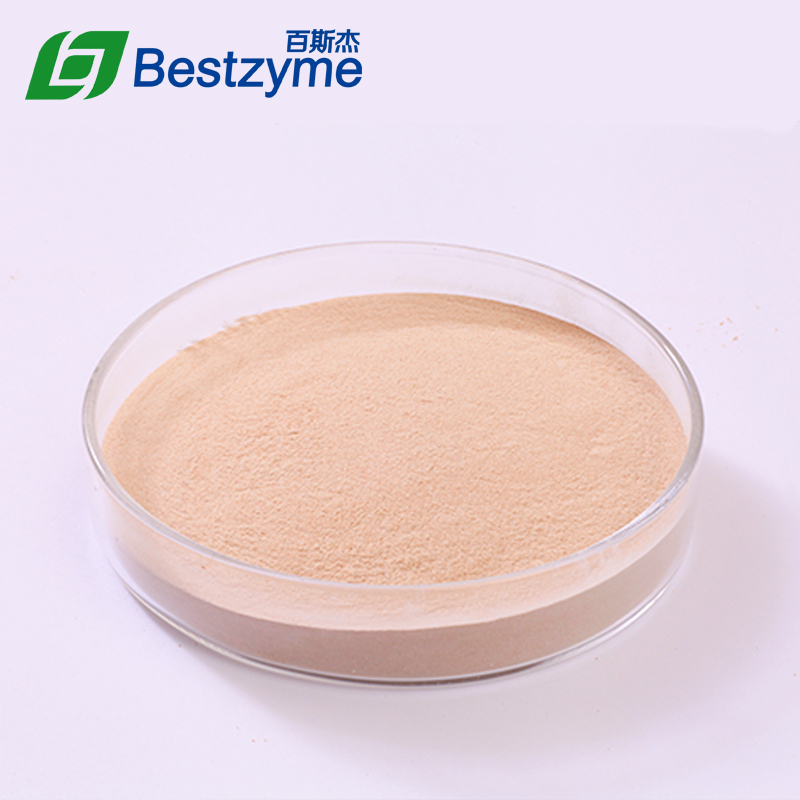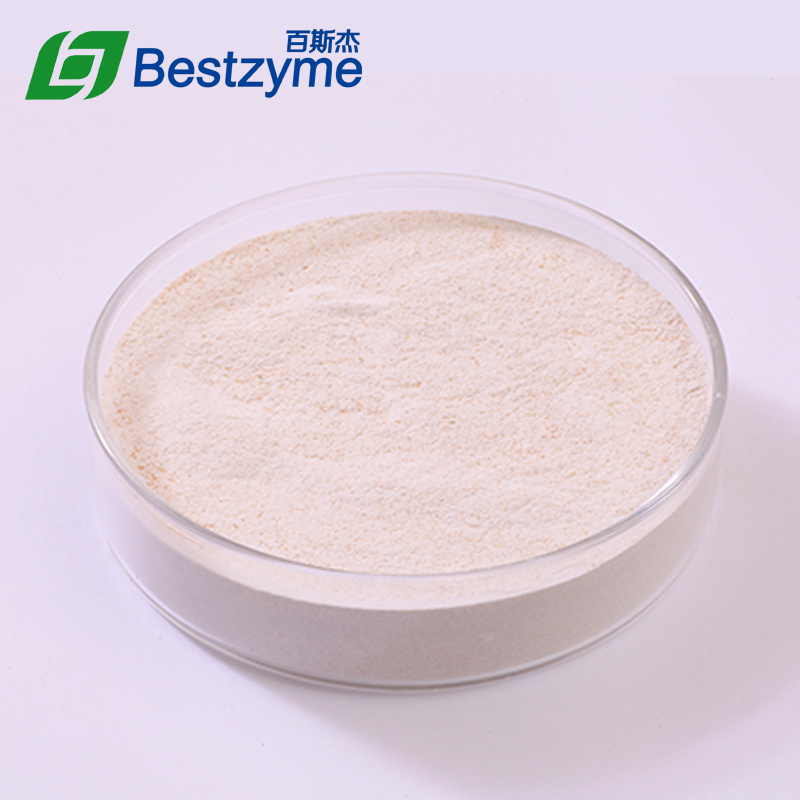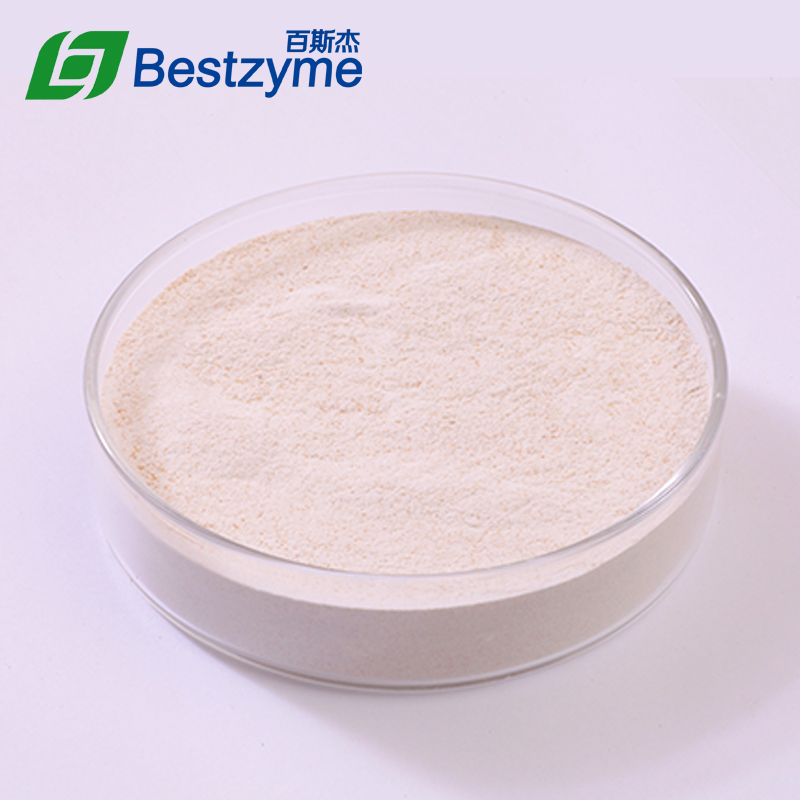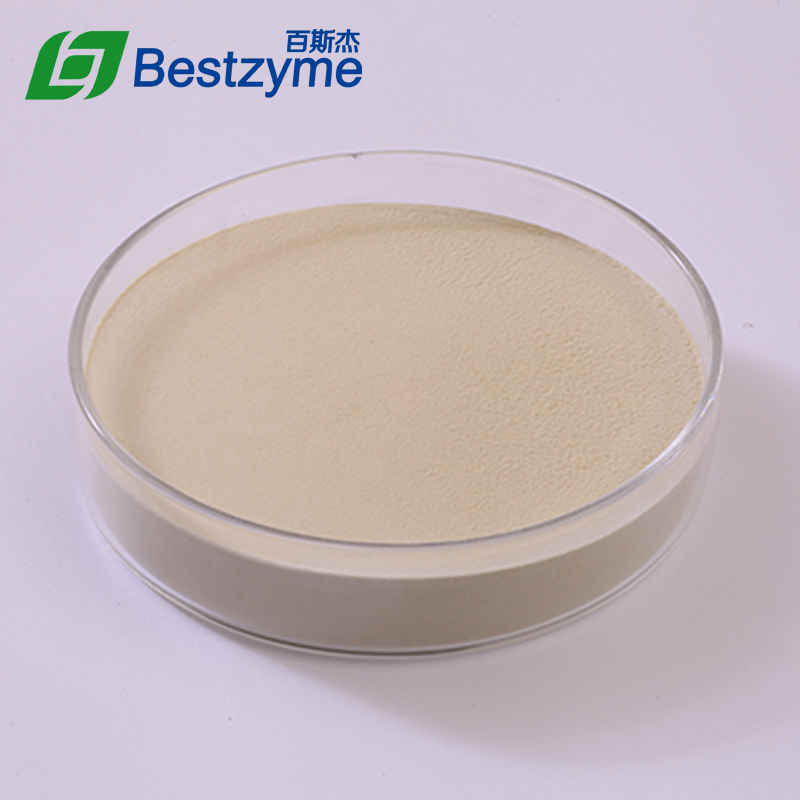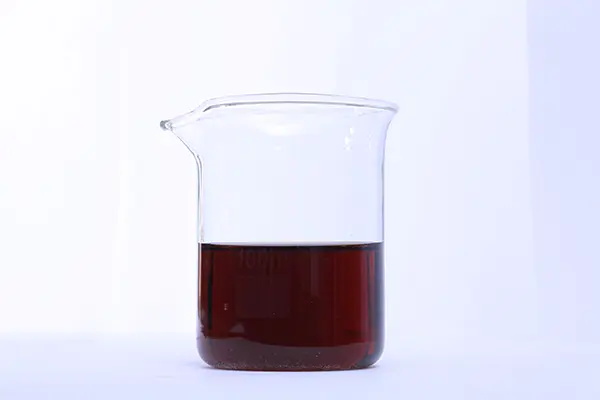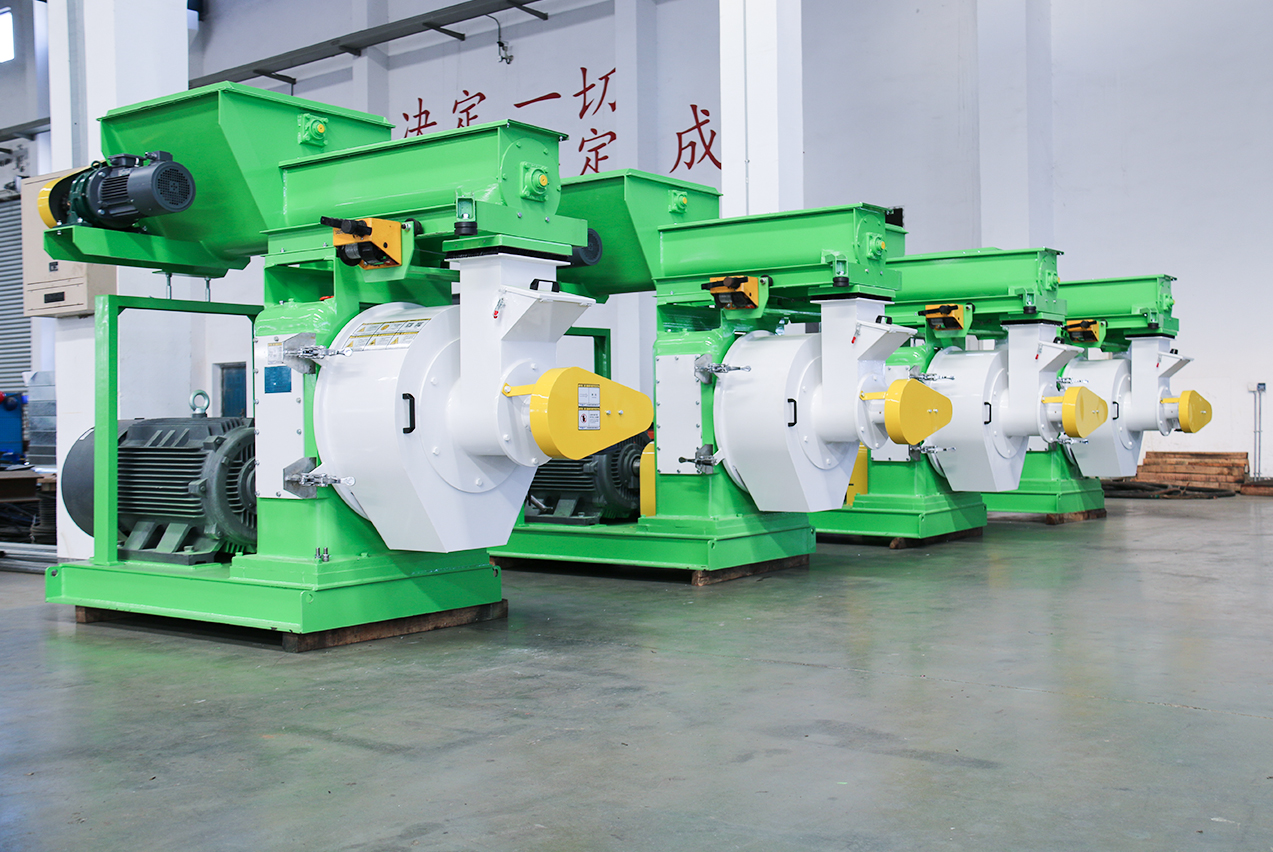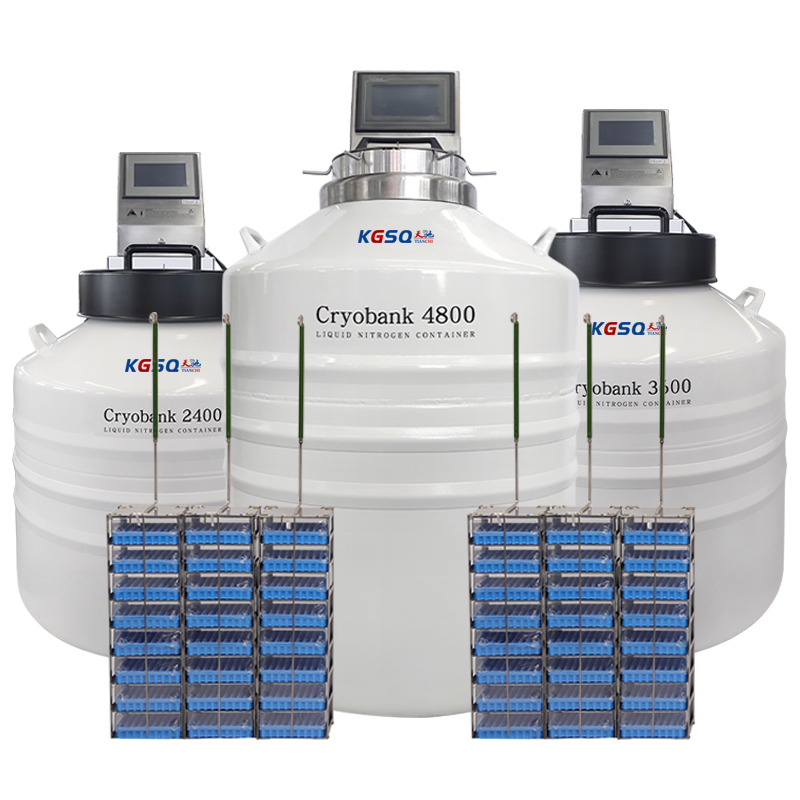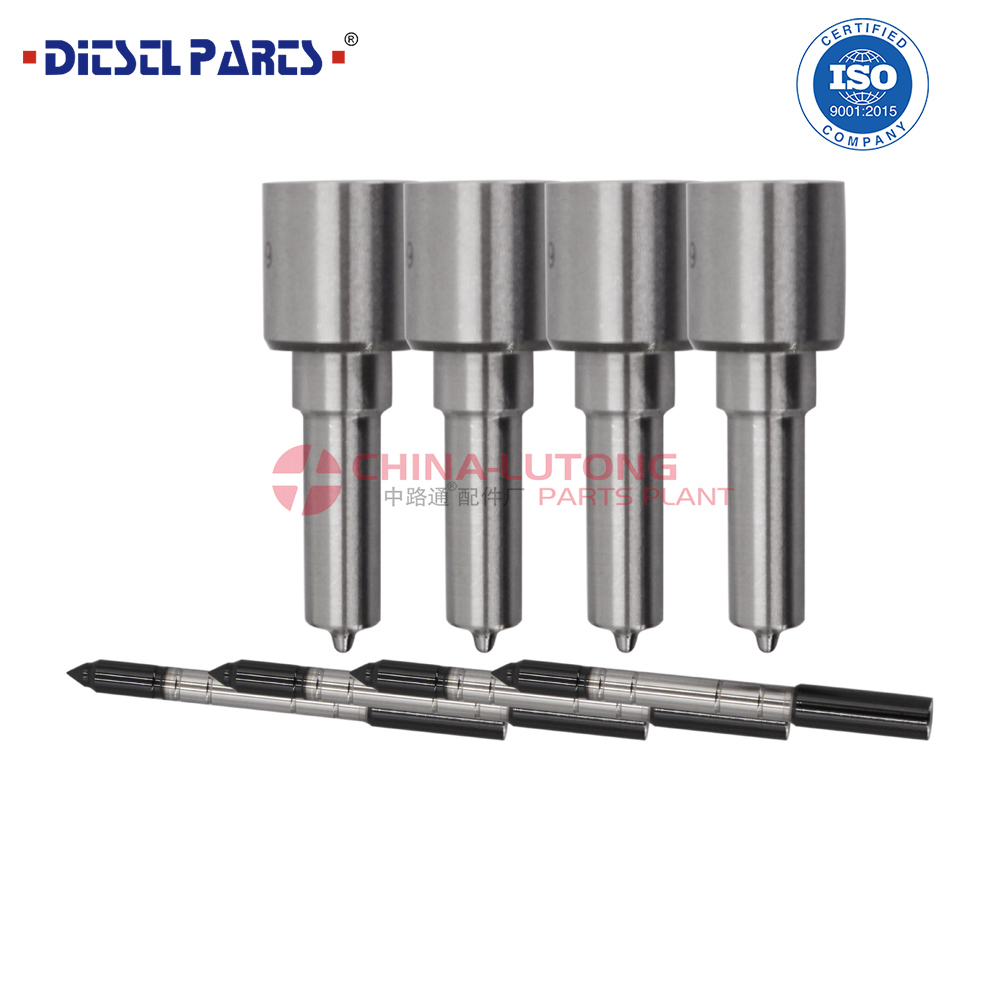Feed Enzyme
Feed enzymeis a widely recognized feed additive, which includes Phytase, Non Starch Polysaccharides enzymes, functional enzyme. The functions of enzyme are breaking the plant cell wall to release more nutrition, improving the digestive rate of feed with the endogenous enzyme, degrading the antinutrition factor of the grain such as corn, wheat, soybean mill, decreasing the viscosity of the chime, promoting the absorptivity of the nutrition from feed, improving gut health via inhibiting harmful bacteria, helping the intestinal tract to establish a good environment. Enzyme is an ideal feed additive for saving cost and increasing animal health. Bestzyme feed enzyme have three main series products. They are PhosGen series, EnerGen Series and NutriGen Series.
Types of Feed Enzyme
Phytase
Strong Release of Phytate Phosphorus and Save Feed Cost.
Lipase
Lipase is a kind of poultry enzymesbased on the deep-layer liquid fermentation of fine strains and advanced post-abstracting technology. Lipase can catalyze both oil α-bond and β-bond, can hydrolyze tr...
Glucose Oxidase
Significantly Improve Animal Intestinal Health, Improve Production Performance, Reduce The Use Of Drugs, And Promote A Comprehensive Ban On Feed Antibiotics.
Beta Mannanase
Effectively Degrade Mannanase To Produce Prebiotic Mannose Oligosaccharides.
Xylanase
Effectively Degrade Xylan, Reduce Chyme Viscosity And Improve Nutrient Digestibility.
Beta Glucanase
Effectively Degrade β-glucan In The Cell Walls Of Wheat And Cereals, Reduce Its Anti-nutritional Effects.
Cellulase
Efficiently Break Cell Walls, Effectively Degrade Cellulose, And Convert It Into Absorbable Reduced Sugar.
Alpha Galactosidase
Effectively Degrade The Flatulence Factors Such As Raffinose And Stachyose In Beans, And Improve The Digestibility Of Energy Ingredients And Nutrients In Animals.
Pectinase
Hydrolyze Pectin, Destroy Cell Walls And Release Nutrients.
Alpha Amylase
Resistant To Feed Pelleting, Improve Starch Utilization.
Protease
Improve Protein Digestibility And Reduce Nitrogen Emissions From Breeding.
EnerGen Supreme
Comprehensively Degrade Nsp To Improve Energy Utilization.
Bestzyme CE804 For Pig
Improve Nutrient Digestibility, Improve Intestinal Health, And Improve Production Performance.
Bestzyme CE806 For Poultry
Improve Nutrient Digestibility, Improve Uniformity, And Prevent Overfeeding.
FAQs Of Feed Enzymes
Why do animals need feed enzymes?
A:
(1)The digestive system of young animals is not well developed and the secretion of digestive enzymes is insufficient. The aging of animals will also cause the reduction of digestive enzyme secretion. Coupled with environmental emergency stimuli such as transfer, transportation, and cooling, the secretion of digestive enzymes will also be severely affected. That's why animals need digestive feed enzymes to supplement the deficiency of endogenous enzymes
(2)The animal itself does not secrete phytase and NSP enzyme china, so it must be added externally to ensure the animal’s high digestibility and utilization of these ingredients
(3) In addition to nutrients such as protein, carbohydrate and fat, feed also contains many anti-nutritional factors, such as phytic acid, non-starch polysaccharides (xylan, mannan, dextran, cellulose, pectin, galactosides and other cell wall components), proteins (trypsin inhibitors, plant lectins), starches (resistant starch), etc. Feed poultry enzymesare added in order to reduce the anti-nutritional effects of anti-nutrients, increase the digestibility of nutrients, and ultimately increase digestibility of feed
What are the similarities and differences in the selection of feed enzymes in the juvenile and adult stages of animals?
A:
At the young animal stage: The digestive system is not well developed and many digestive enzymes are insufficiently secreted. Therefore, it is recommended to add digestive feed enzymes, especially protease, amylase, lipase, and also add phytase, NSP enzyme and other animals feed enzymes that are not produced by animal itself to promote digestion and absorption of nutrients in young animals, and also reduce common problems such as diarrhea and indigestion
At the adult animal stage: The digestive function of the animal is relatively good, and it has good digestion ability for a variety of nutrients. If the adult animal diet contains more anti-nutritional factors, β-glucanase and pectin should be used in NSP enzyme preparations, such as cellulase and phytase can eliminate the adverse effects of anti-nutritional factors. Digestive enzymes can also be added to cope with insufficient secretion of digestive enzymes due to stress and further improve the digestion effect of animals on feed
What are the differences between wheat and corn in physical and chemical composition and nutrition?
A:
(2) Wheat's protein content is 13.5% which is higher than corn (8%), but the amino acid balance of wheat is slightly worse than corn.
(3)The content of calcium, phosphorus and phytase in wheat is higher than corn, and the utilization rate of phosphorus is also higher.
(4)The crude fat content of wheat is lower than that of corn, and the content of linoleic acid is also much lower than that of corn. Using wheat instead of corn in the diet can increase the hardness of animal fat and improve the quality of pork.
(1)When the price of wheat and corn are not much different, wheat is cost-effective and you can use wheat to replace part of the corn.
(2) The maximum ratio of wheat to replace corn: 30% for nursery pigs, 40% for growing pigs, 60% for fattening pigs; 15% for small chickens, 25% for medium chickens, 35% for large chickens; 30% for broilers; 15% for small ducks and 35% for medium ducks, Big Duck 45%.
(3)Adding a variety of NSP enzymes can solve the problem of high NSP content in wheat diet: Adding high-efficiency xylanase can completely cut the branch chain and main chain of xylan, combined with β-glucanase and high-activity amylase, can improve the digestion and utilization rate of various nutrients in the feed.
If you want to know more types of enzymes in animal nutrition, please visit our website.
Send product request
Other supplier products
| Neutral Protease | Neutral proteasecatalyzes peptide bond and hydrolyzes protein into peptone, hydrazone, polypeptide and amino acid. Specification of Neutral Prot... | |
| Beta Mannanse | βmannanaseis a feed hemicellulase fermented by the improved strains using a liquid fermentation technique, and produced by an advanced post-tr... | |
| Alpha Galactosidase | Alpha galactosidase is a feed hemicellulose produced by a liquid submerged fermentation and advanced post-treatment technique. Alpha galactosidase ... | |
| Xylanase | Xylan is contained commonly in a variety of feed ingredients, like wheat, rye, corn, cereal by-products, soybean meal, etc. Whereas, xylanase enzym... | |
| Applications | Beta Glucanase Enzyme Uses Bestzymeenzymes are widely used in feed and industrial fields. For industrial uses, we proudly serve enzymes for Starch... |
Same products
| Floral Garden Tools Set | Seller: Dongyang Guorui Industry And Trade Co., Ltd. | Investing in a floral garden tools set not only enhances your gardening experience but also add... | |
| Rice Husk Pellet Machine | Seller: Jiangsu Kingwood Industrial Co., Ltd. | ● JWZL-420 is the most popular biomass/woodpellet machine of all the pellet mills offered by Ch... | |
| Greece-liquid nitrogen vapor phase storage systems KGSQ | Seller: Henan Tianzhidao Biological Technology Co., Ltd | In today's era of continuous technological progress, with the increasingly high requirements for ... | |
| Common Rail Fuel Injector Nozzle L500PBC | Seller: 738347 | Common Rail Fuel Injector Nozzle L500PBC 0 445 110 189 Injector Valve Set 0 445 110 190 Injector... | |
| Common Rail Fuel Injector Nozzle F00VX40014 | Seller: 738347 | Common Rail Fuel Injector Nozzle F00VX40014 Common Rail Fuel Injector Nozzle F340 Common Rail ... |









